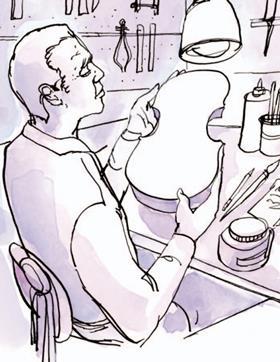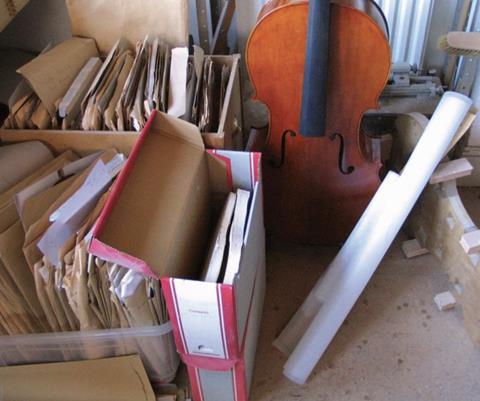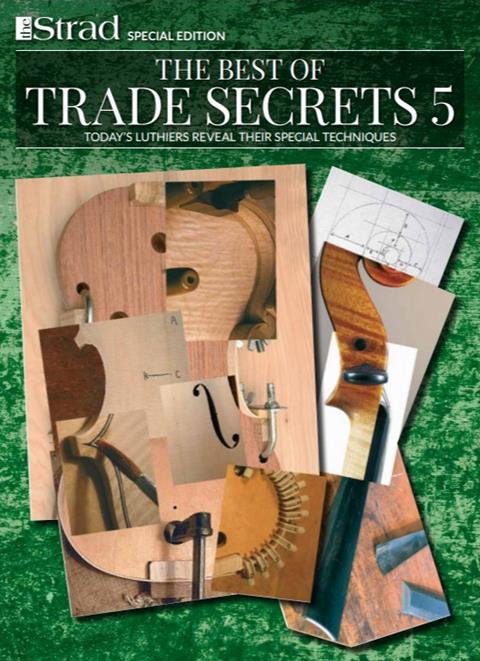John Dilworth asks why the finest details really do mean so much

Discover more lutherie articles here
This article is from the December 2013 issue of The Strad
I often wonder how an accumulated knowledge of inconsequential things about violins has allowed me to make a living. I’m very grateful for it. If I knew as much about the stock market I’d be rich. But what a pain it must be to have to learn facts about an insurance policy or a sordid legal dispute unwillingly. As it is, I’ve been enjoying looking at violins for so long that some things roll about in my head naturally. But the things that do preoccupy me – why a venerated violin maker put marks here, or skewed his chisel there, are ridiculously trivial in the grand scheme of things.
Violins are all brown. Show the average person in the street ten thousand violins and they will only see shades of brown. We live in a brightly coloured world but are enthralled by small departures towards the red or yellow ends of our diminished spectrum of violin varnish. I was thinking this after I unconsciously muttered something about ‘the ugliest cello I’ve ever seen’ in front of a stranger, who rightfully responded: ‘Why do you call that ugly?’ If you know the sort of instrument I mean, you could put it in a sculpture hall with masterpieces of the cubist movement and create a sensation. Put it in an exhibition of cellos and it would be a laughing stock. Why? Because it’s unconventional as cellos go – but does that make it ugly? So what that the purfling doesn’t meet, that the scroll resembles a storm-fallen stump of a branch? In my head it is ugly because it doesn’t conform to the expectations of what a respectable instrument should be – that there are the signs of professional engagement, with the concept of efficient arching and a tutored eye.

But for us engaged in this cranky old craft, details – ‘small wonders’ – are vital. You look at purfling, and you feel the movements in the hand of another luthier. You figure out that a series of point marks around the scroll provides both a good way to recognise the maker, and the thrill of realising how that person, possibly several hundred years ago, set out to carve a scroll that would please him as well as his customer. To see the marks of a hopeless struggle, the materials fighting back and the maker at a loss, is depressing. To see the signs of mastery, or at the very least, care and respect for a piece of tonewood, is inspiring. These signs often come from the tiniest details, the overlooked parts of the instrument’s structure, which put you in touch with the original maker – these are the small wonders that make great things.
Read: ‘We’ve actually outgrown the space’ - My Space: James Hanson
Read: My experience: John Wright, Newark School of Violin Making
Discover more lutherie articles here
This article is from the December 2013 issue of The Strad
An exclusive range of instrument making posters, books, calendars and information products published by and directly for sale from The Strad.
The Strad’s exclusive instrument posters, most with actual-size photos depicting every nuance of the instrument. Our posters are used by luthiers across the world as models for their own instruments, thanks to the detailed outlines and measurements on the back.
The number one source for a range of books covering making and stinged instruments with commentaries from today’s top instrument experts.
This year’s calendar celebrates the top instruments played by members of the Australian Chamber Orchestra, Melbourne Symphony, Australian String Quartet and some of the country’s greatest soloists.













































No comments yet